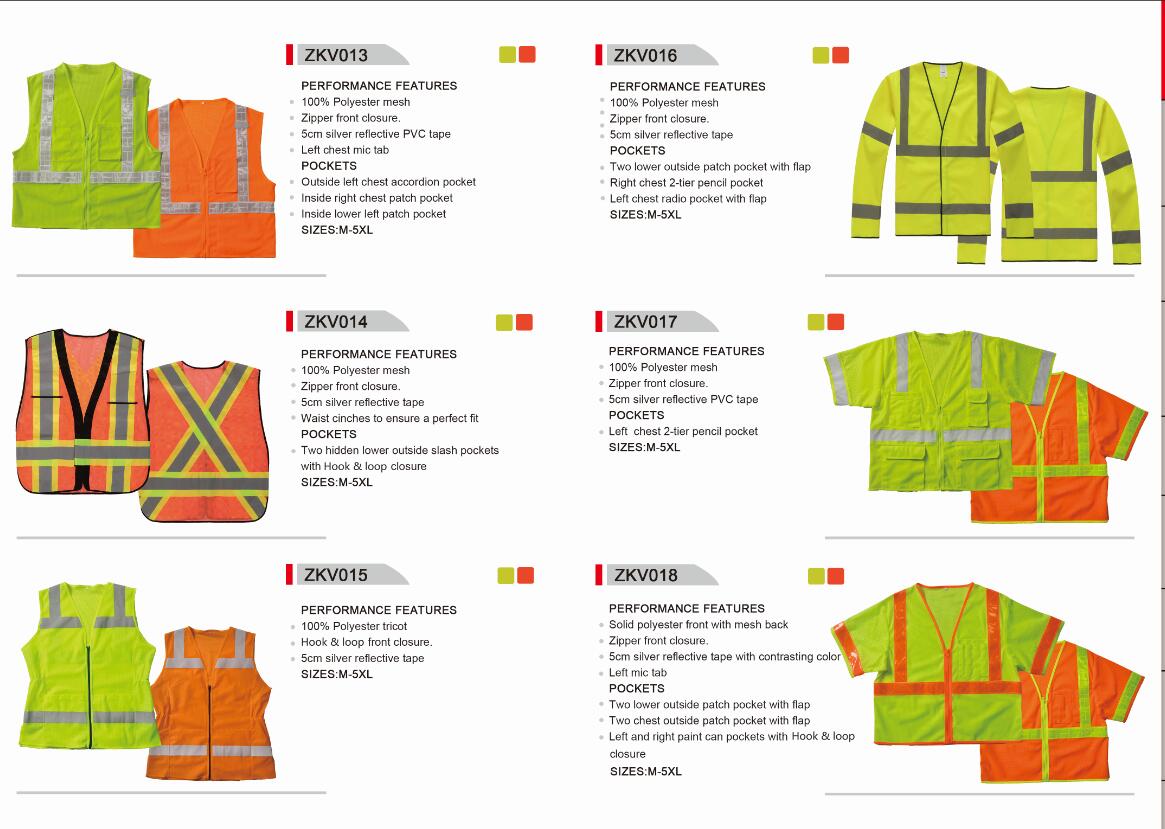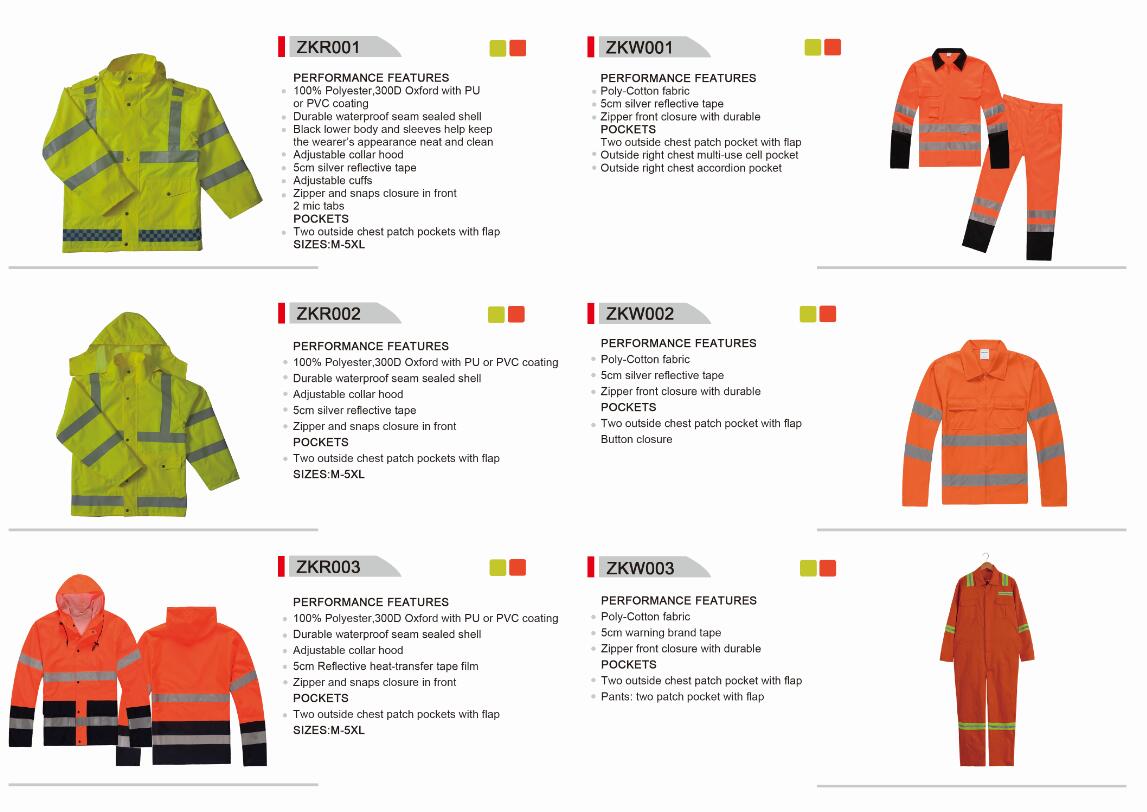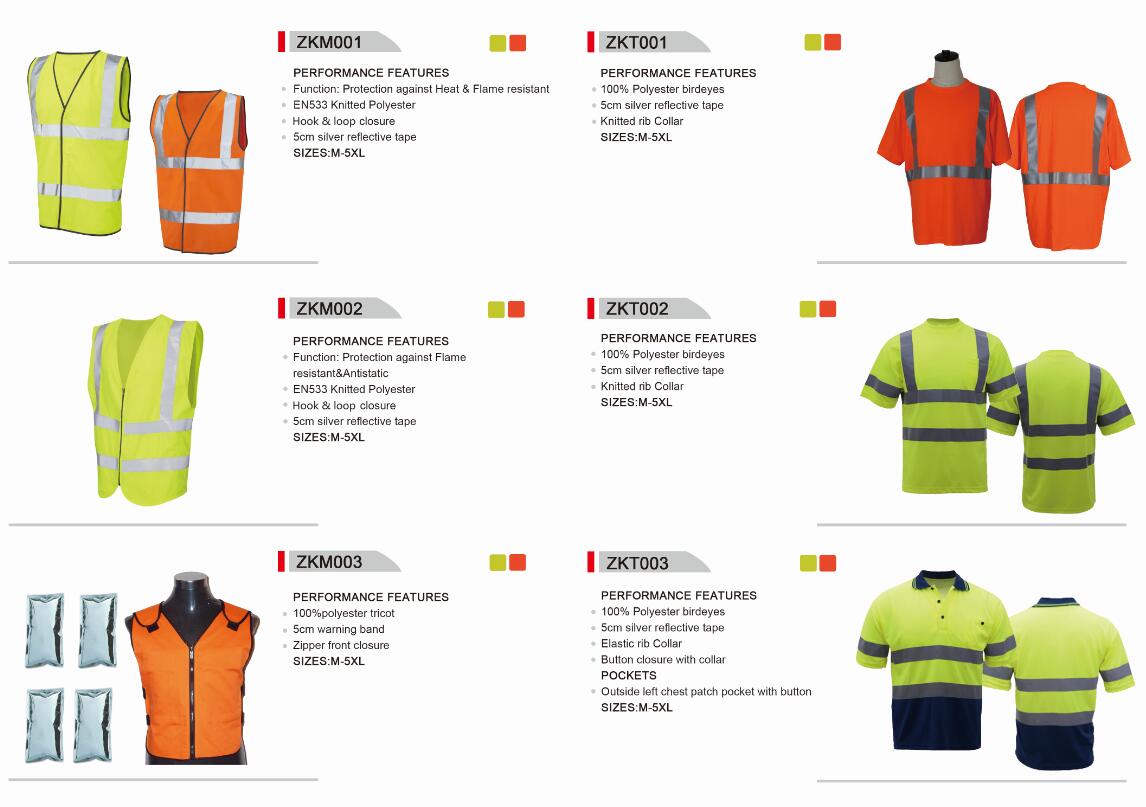Mold original design
It is best to consider the following items for the selection of standard specifications for molds: (A). When the specifications of the specifications are not limited, it is best to use the highest level. (B). Standard numbers are used in principle. (C). If the mold standard part does not have this size, the nearest one is processed.
1. Standard parts and specifications
It is best to consider the following items for the selection of standard specifications for molds: (A). When the specifications of the specifications are not limited, it is best to use the highest level. (B). Standard numbers are used in principle. (C). If the mold standard part does not have this size, the nearest one is processed.
2. Design of the punch
The punch can be roughly divided into three parts according to its function: (A). The apex of the blade of the processed material (cutting edge, the shape of which has irregular shape, square shape, round shape, etc.). (B). Contact portion with the punch fixing plate (fixed portion or shank, the cross-sectional shape of which has an irregular shape, a square shape, a circular shape, etc.). (C). The joint portion (middle portion) between the blade and the handle.
The design basis of each part of the punch is briefly described in terms of (A) cutting blade length, (B) cutting direction of the cutting edge, (C), fixing method of the punch and the shape of the handle.
(1). Cutting edge length: The design of the length of the cutting edge of the stage punch should be considered not to cause lateral bending during processing, and the gap between the moving parts of the pressure plate should be appropriate. The relationship between the pressure plate and the cutting edge of the punch is guided and unguided, and the length of the straight portion of the cutting edge will be different.
(2). Grinding direction of the cutting edge portion: the grinding direction of the cutting edge portion is parallel to the shaft portion (upper cutting) and perpendicular to the shaft portion (passing through machining), etc., in order to improve the wear resistance of the punch And the resistance to burning, the former should be used. When the shape of the cutting edge portion is a convex shape, it is possible to adopt a traversing process, and the uneven shape is a method of using a topping process or a traversing process.
(3). The fixing method of the punch and the shape of the handle: the handle of the punch is roughly divided into two types: straight type and shoulder type. The selection factors of the fixing method include the precision of the product and the mold, the punch and the punch. The processing machinery and processing method of the head fixing plate, the maintenance method, and the like.
(4). The size and precision of the handle: The size and accuracy of the handle of the punch will have different requirements depending on the way the punch is fixed.
(5). Adjustment method of the length of the punch: the length of the punching punch is shortened by re-grinding, and is balanced with the length of the punch of other works such as (bending, extension, etc.) and the length of the punch design is maintained. It is necessary to adjust the length of the punch.
(6). Punch design with stamping processing: In order to achieve the quality safety of stamping products and the production of non-defective products during mass production, it is necessary to consider the following items in the mold: A. The grinding direction of the punch processing should be identical, and the surface should be suitable. Apply a polishing treatment. B. In order to prevent the floating of the swarf, the ejector pin or the processing air hole may be installed in the punch. C. In order to reduce the punching force, the punching punch is subjected to bevel processing, and the small punch near the large punch is preferably shorter to reduce the impact.
(7). The design of the punch with the processing method: the shape design of the punch has an absolute relationship with the difficulty of processing. When it is too close, the processing of the punch fixing plate becomes difficult, and the punch should be divided at this time. Treatment (combination method)
3. Design of punch fixing plate
The thickness of the punch fixing plate is related to the size of the die and the load, generally 30 to 40% of the length of the punch, and the length of the punch guiding portion should be 1.5 times larger than the diameter of the punch.
4. Design of the guide pin (punch)
The diameter of the guide portion of the guide pin (punch) and the gap between the material guiding holes, the size and the amount of the protruding pressing plate are designed according to the thickness of the material, and the shape of the leading end of the guiding pin is roughly divided into two types: A. Shape, B. Conical (push-pull).
(1). The shell shape is the most common form, and there are standard parts on the market.
(2). The conical shape has a certain angle, which is very suitable for high-speed stamping of small parts. The determining factors of the pushing angle are the stamping stroke, the material of the workpiece, the size of the guiding hole, and the processing speed. When the push angle is large, it is easier to correct the position of the material to be processed, but the length of the push portion will become longer. The connection between the push-out part and the cylindrical part should be smooth.
5. The design of the master model
(1). Design of die cutting master
The shape design of the die-cutting master mold should be considered as follows: A. mold life and escape shape, B. mother mold shear angle, C. master mold segmentation.
(A). Die life and shape of escape angle: This design is very important. If the design is not correct, it will cause damage to the punch, clogging of the chipping or floating, and the occurrence of burrs.
(B). The shear angle of the master mold: the punching force is reduced when the shape is punched, and the shearing angle of the master mold can be adopted. When the shear angle is large, the punching force is reduced, but the product is easily reversed and deformed. .
(C). Division of the master mold: The master mold must be subjected to finishing such as forming and polishing. Since it is a concave shape, the grinding tool is not easily entered, so it must be divided.
(2). Design of the bending master
The design of the bending die is designed to prevent the occurrence of rebound and excessive bending. The shape of the U-bending master is a combination of double R and straight (slope 30 degrees), preferably R shape. The shape of the R portion should be polished after the shape grinding or NC electric discharge machining.
(3). Design of the extension master
The shape of the angle of the extension of the female die and the shape of the escape angle are very important design matters. The shape and characteristics of the corners and escape angles are as follows: the extension of the R-angle of the master is easier to extend, but the surface of the product is also produced. The wrinkle phenomenon occurs, and the thickness of the side wall of the extension product is greater than the thickness of the plate. In the case of extension of thick plate parts and difficulty in ejection, the R value of the master mold should be small, about 1-2 times the thickness of the plate. Generally, most of the extensions of the upper cylinder and the square tube extension master are made in straight sections to prevent For the purpose of burning, destruction of lubricating oil film and reduction of ejection force, there should be a escape section (stage shape or push-pull shape) under the straight section. Especially in the case of sizing processing, it is necessary to minimize this straight section.
6. Side pressure countermeasures of the punch
It is the best ideal for the punch to receive equal load on the left and right sides of the punching process (ie, the side pressure is zero). When the punch is subjected to the lateral pressure, the upper die and the lower die will be offset in the lateral direction, resulting in a part of the die gap. It becomes larger or smaller (uneven gaps) and cannot be punched with good precision. There are the following methods for the side pressure of the punch: (A). Change the machining direction, (B). The one-side machining (punching, bending, extension, etc.) should be arranged in two rows, (C). The head or the female mold is provided with a side pressure stop, and the side of the cutting edge is provided with a guiding portion (especially cutting and breaking processing).
7. Design of the pressure plate
The function of the pressure plate has the function of peeling off the material of the punch and guiding the small punch, and the design content is very different depending on the function. The thickness of the pressure plate and the selection basis are designed according to the following two types: 1. movable pressing plate, 2. fixed pressing plate.
The gap between the pressure plate and the punch should be less than half of the gap of the mold (especially for precision continuous molds.) When designing the pressure plate, it is necessary to pay attention to the following items depending on the product: 1. Pressure The gap value between the material plate and the punch and the length of the punch guide portion, 2. The installation standard of the auxiliary guide column and the pressure plate, and the design of the escape portion of the pressure plate, 3. The movable pressure plate is processed in the press In order to prevent the occurrence of tilting, 4. The size relationship between the fixed guide plate and the guide pin hole of the pressure plate, 5. The relationship between the material guiding portion of the fixed pressure plate and the width of the material to be processed.
8. Design of the back pressure plate
The main action parts (punch, pressure plate, master mold) during stamping processing will be subjected to surface pressure. When the punching pressure is higher than the surface pressure, the back pressure plate (especially the back of the punch and the mother mold sleeve) should be used. There are two forms of use: partial use and full use.
Mold design software
Modern industry is developing very fast. Basically, it is designed and processed by computer. Its precision can be guaranteed to be around 0.002~0.01. In the current situation, there is a boundless and vast world for mold design work. If you can use a computer For auxiliary design, your opponent, invisible, falls behind you. Common mold design software includes AUTOCAD Pro/E UG SW CImatron, mishiong and so on.
Http://news.chinawj.com.cn Editor: (Hardware Business Network Information Center) http://news.chinawj.com.cn
This Multi Fuction Safety Vest is an upgraded version of the base vest, special vests for special industries. Such as flame fuction safety vest benefit from flame retardant reflective tape as well as limited flame spread binding and can protect workers against occasional and brief contact with small igniting flames, in circumstances where there is no significant heat hazard and without the presence of another type of heat. But it is necessary to know that fire resistance is not equal to incombustibility; Waterproof Safety Vest can protect the wearer from getting wet and keep warm.




Multi Fuction Safety Vest
Multi Fuction Safety Vest,Road Safety Vest,Traffic Safety Vest,Police Reflective Vest
Xinxiang Zhongke Reflective Material Co., Ltd. , https://www.zkprotective.com